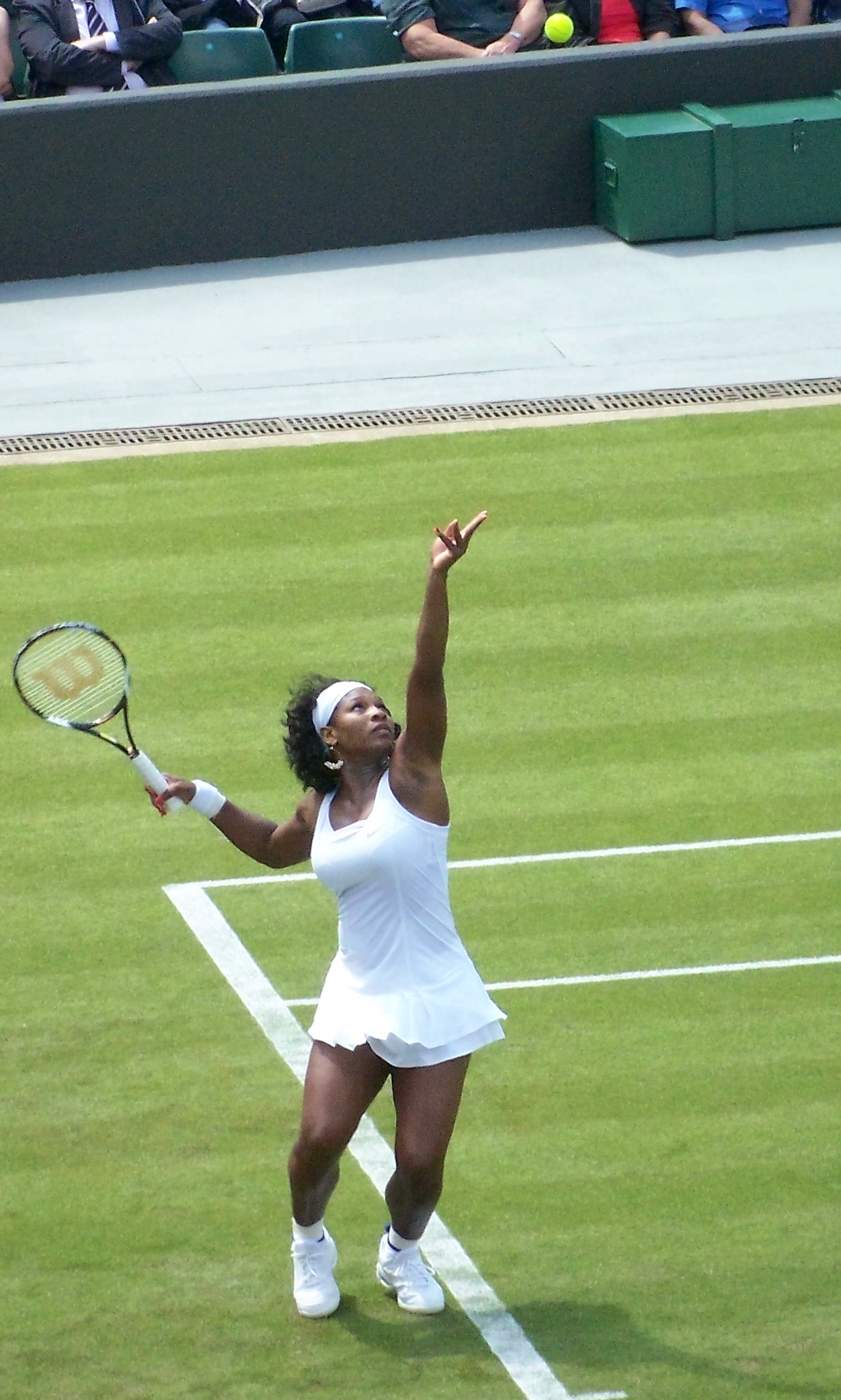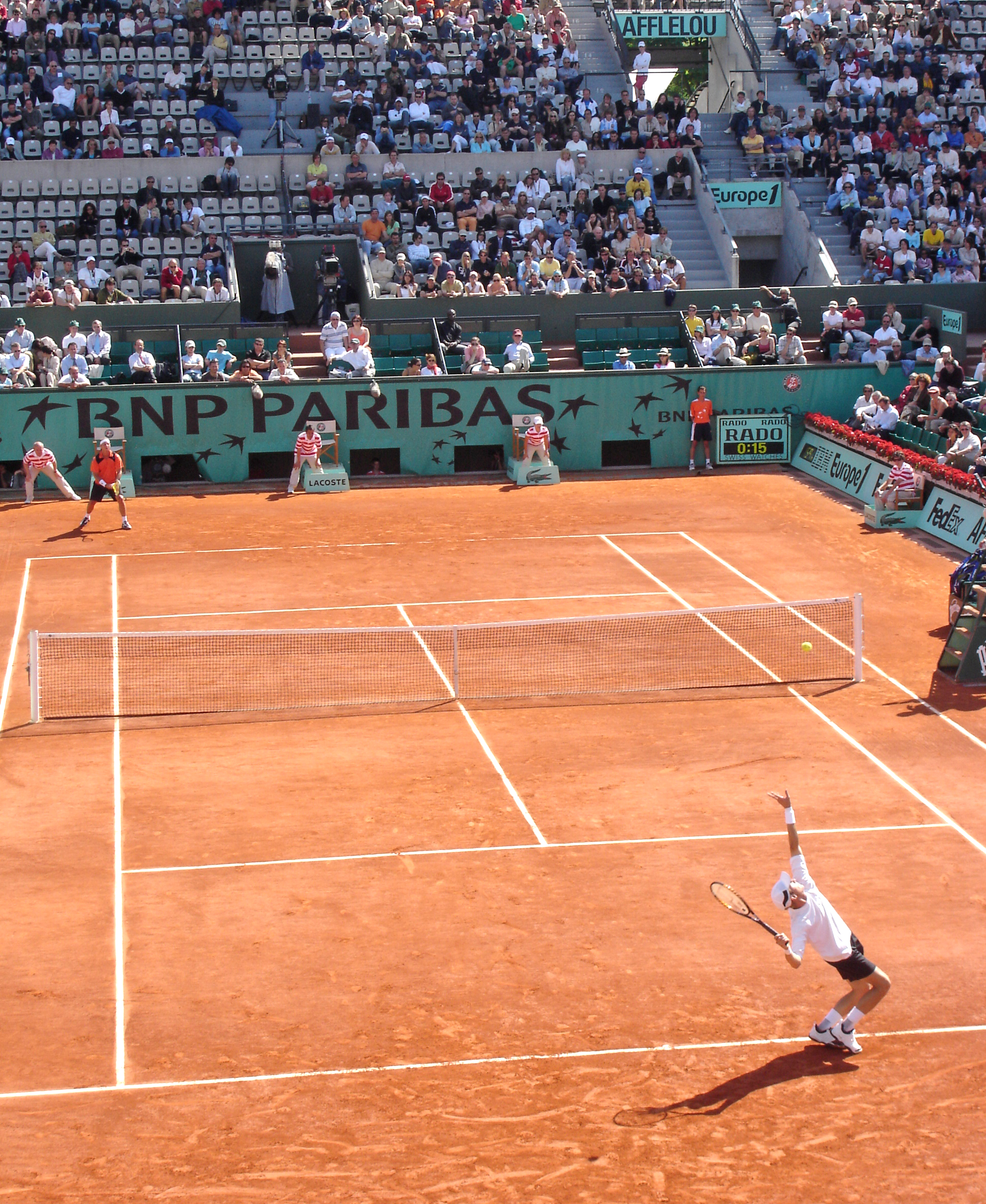|
Ceylon Championships
The Ceylon Championships later known as the Sri Lankan Championships (1972–76) was a men's and women's national tennis tournament held at the Hill Club Tennis Club, Nuwara Eliya British Ceylon now Sri Lanka from 1884 through 1976. History The Ceylon Championships were founded in 1884 and staged at the Hill Club Tennis Club, Nuwara Eliya, British Ceylon now known as Sri Lanka the event later became known as the Sri Lanka Open which was not staged until 1976. The tournaments first three editions were men's only events. In 1887 the first women's singles event was held that was won by Miss Isa Watson. The most successful men's player in singles was Edward De Fonblanque who won a record ten championship titles and the most successful ladies player in singles was Doreen Sansoni who won a record seven championship titles. The event was reestablished as the Sri Lanka Open in 2007. The event was sometimes staged on either grass courts or clay court A clay court is one of the types ... [...More Info...] [...Related Items...] OR: [Wikipedia] [Google] [Baidu] |
Nuwara Eliya
Nuwara Eliya ( si, නුවර එළිය ; ta, நுவரெலியா) is a city in the hill country of the Central Province, Sri Lanka. Its name means "city on the plain (table land)" or "city of light". The city is the administrative capital of Nuwara Eliya District, with a picturesque landscape and temperate climate. It is at an altitude of 1,868 m (6,128 ft) and is considered to be the most important location for tea production in Sri Lanka. The city is overlooked by Pidurutalagala, the tallest mountain in Sri Lanka. Nuwara Eliya is known for its temperate, cool climatethe coolest area in Sri Lanka. History The city was founded by Samuel Baker, the explorer of Lake Albert and the upper Nile in 1846. Nuwara Eliya's climate lent itself to becoming the prime sanctuary of the British civil servants and planters in Ceylon. Nuwara Eliya, called Little England, was a hill country retreat where the British colonialists could immerse themselves in their pastimes su ... [...More Info...] [...Related Items...] OR: [Wikipedia] [Google] [Baidu] |
British Ceylon
British Ceylon ( si, බ්රිතාන්ය ලංකාව, Britānya Laṃkāva; ta, பிரித்தானிய இலங்கை, Biritthāṉiya Ilaṅkai) was the British Crown colony of present-day Sri Lanka between 1796 and 4 February 1948. Initially, the area it covered did not include the Kingdom of Kandy, which was a protectorate, but from 1817 to 1948 the British possessions included the whole island of Ceylon, now the nation of Sri Lanka. History Background Before the beginning of the Dutch governance, the island of Ceylon was divided between the Portuguese Empire and the Kingdom of Kandy, who were in the midst of a war for control of the island as a whole. The island attracted the attention of the newly formed Dutch Republic when they were invited by the Sinhalese King to fight the Portuguese. Dutch rule over much of the island was soon imposed. In the late 18th century the Dutch, weakened by their wars against Great Britain, were co ... [...More Info...] [...Related Items...] OR: [Wikipedia] [Google] [Baidu] |
Sri Lanka
Sri Lanka (, ; si, ශ්රී ලංකා, Śrī Laṅkā, translit-std=ISO (); ta, இலங்கை, Ilaṅkai, translit-std=ISO ()), formerly known as Ceylon and officially the Democratic Socialist Republic of Sri Lanka, is an island country in South Asia. It lies in the Indian Ocean, southwest of the Bay of Bengal, and southeast of the Arabian Sea; it is separated from the Indian subcontinent by the Gulf of Mannar and the Palk Strait. Sri Lanka shares a maritime border with India and Maldives. Sri Jayawardenepura Kotte is its legislative capital, and Colombo is its largest city and financial centre. Sri Lanka has a population of around 22 million (2020) and is a multinational state, home to diverse cultures, languages, and ethnicities. The Sinhalese are the majority of the nation's population. The Tamils, who are a large minority group, have also played an influential role in the island's history. Other long established groups include the Moors, the Burghers ... [...More Info...] [...Related Items...] OR: [Wikipedia] [Google] [Baidu] |
Tennis
Tennis is a racket sport that is played either individually against a single opponent ( singles) or between two teams of two players each ( doubles). Each player uses a tennis racket that is strung with cord to strike a hollow rubber ball covered with felt over or around a net and into the opponent's court. The object of the game is to manoeuvre the ball in such a way that the opponent is not able to play a valid return. The player who is unable to return the ball validly will not gain a point, while the opposite player will. Tennis is an Olympic sport and is played at all levels of society and at all ages. The sport can be played by anyone who can hold a racket, including wheelchair users. The modern game of tennis originated in Birmingham, England, in the late 19th century as lawn tennis. It had close connections both to various field (lawn) games such as croquet and bowls as well as to the older racket sport today called real tennis. The rules of modern tennis have ... [...More Info...] [...Related Items...] OR: [Wikipedia] [Google] [Baidu] |
Doreen Sansoni
Thomasine Doreen Sansoni (11 October 1911 – 22 June 1977) was a Sri Lankan tennis player and national No. 1. She won a total of twenty eight career titles in singles, doubles and mixed doubles from 1935 to 1946. Adaptable at competing on two natural surfaces she won titles on both clay and grass courts. She remains the most successful Sri Lankan female player. Tennis career Sansoni began her tennis career in 1931. In April 1933 she reached the semi-finals of the national championships played at the Hill Club in Nuwara Eliya. She won her first singles at the Ceylon Championships in 1935. At the same event that year she earned the distinction of being the first female player to achieve the triple crown by winning both the doubles and mixed doubles. In 1936 she successfully defended her Ceylon Championships title and won the event a further five times, (1937-1940, 1946) her seven singles titles remain a national record she shares with British colonial player Mrs. G. D. H. (Tiny) ... [...More Info...] [...Related Items...] OR: [Wikipedia] [Google] [Baidu] |
Sri Lanka Open (tennis)
Shri (; , ) is a Sanskrit term denoting resplendence, wealth and prosperity, primarily used as an honorific. The word is widely used in South and Southeast Asian languages such as Marathi, Malay (including Indonesian and Malaysian), Javanese, Balinese, Sinhala, Thai, Tamil, Telugu, Hindi, Nepali, Malayalam, Kannada, Sanskrit, Pali, Khmer, and also among Philippine languages. It is usually transliterated as ''Sri'', ''Sree'', ''Shri'', Shiri, Shree, ''Si'', or ''Seri'' based on the local convention for transliteration. The term is used in Indian subcontinent and Southeast Asia as a polite form of address equivalent to the English "Mr." in written and spoken language, but also as a title of veneration for deities or as honorific title for local rulers. Shri is also another name for Lakshmi, the Hindu goddess of wealth, while a ''yantra'' or a mystical diagram popularly used to worship her is called Shri Yantra. Etymology Monier-Williams Dictionary gives the meaning of the ... [...More Info...] [...Related Items...] OR: [Wikipedia] [Google] [Baidu] |
Grass Court
A grass court is one of the four different types of tennis court on which the sport of tennis, originally known as "lawn tennis", is played. Grass courts are made of grasses in different compositions depending on the tournament. Although grass courts are more traditional than other types of tennis courts, maintenance costs of grass courts are higher than those of hard courts and clay courts. Grass courts (in the absence of suitable covers) must be left for the day if rain appears, as the grass becomes very slippery when wet and will not dry for many hours. This is a disadvantage on outdoor courts compared to using hard and clay surfaces, where play can resume in 30 to 120 minutes after the end of rain. Grass courts are most common in the United Kingdom and Australia, although the Northeastern United States also has some private grass courts. Play style Because grass courts tend to be slippery, the ball often skids and bounces low while retaining most of its speed, rarely rising ... [...More Info...] [...Related Items...] OR: [Wikipedia] [Google] [Baidu] |
Clay Court
A clay court is one of the types of tennis court on which the sport of tennis, originally known as "lawn tennis", is played. Clay courts are made of crushed stone, brick, shale, or other unbound mineral aggregate depending on the tournament. The French Open uses clay courts, the only Grand Slam tournament to do so. Clay courts are more common in Continental Europe and Latin America than in North America, Asia-Pacific or Britain. Two main types exist: red clay, the more common variety, and green clay, also known as "rubico", which is a harder surface. Although less expensive to construct than other types of tennis courts, the maintenance costs of clay are high as the surface must be rolled to preserve flatness. Play Clay courts are considered "slow" because the balls bounce relatively high and lose much of their initial speed when contacting the surface, making it more difficult for a player to deliver an unreturnable shot. Points are usually longer as there are fewer winners ... [...More Info...] [...Related Items...] OR: [Wikipedia] [Google] [Baidu] |
Clay Court Tennis Tournaments
Clay is a type of fine-grained natural soil material containing clay minerals (hydrous aluminium phyllosilicates, e.g. kaolin, Al2 Si2 O5( OH)4). Clays develop plasticity when wet, due to a molecular film of water surrounding the clay particles, but become hard, brittle and non–plastic upon drying or firing. Most pure clay minerals are white or light-coloured, but natural clays show a variety of colours from impurities, such as a reddish or brownish colour from small amounts of iron oxide. Clay is the oldest known ceramic material. Prehistoric humans discovered the useful properties of clay and used it for making pottery. Some of the earliest pottery shards have been dated to around 14,000 BC, and clay tablets were the first known writing medium. Clay is used in many modern industrial processes, such as paper making, cement production, and chemical filtering. Between one-half and two-thirds of the world's population live or work in buildings made with clay, often ba ... [...More Info...] [...Related Items...] OR: [Wikipedia] [Google] [Baidu] |
Grass Court Tennis Tournaments
Poaceae () or Gramineae () is a large and nearly ubiquitous family of monocotyledonous flowering plants commonly known as grasses. It includes the cereal grasses, bamboos and the grasses of natural grassland and species cultivated in lawns and pasture. The latter are commonly referred to collectively as grass. With around 780 genera and around 12,000 species, the Poaceae is the fifth-largest plant family, following the Asteraceae, Orchidaceae, Fabaceae and Rubiaceae. The Poaceae are the most economically important plant family, providing staple foods from domesticated cereal crops such as maize, wheat, rice, barley, and millet as well as feed for meat-producing animals. They provide, through direct human consumption, just over one-half (51%) of all dietary energy; rice provides 20%, wheat supplies 20%, maize (corn) 5.5%, and other grains 6%. Some members of the Poaceae are used as building materials (bamboo, thatch, and straw); others can provide a source of biofuel, primari ... [...More Info...] [...Related Items...] OR: [Wikipedia] [Google] [Baidu] |





